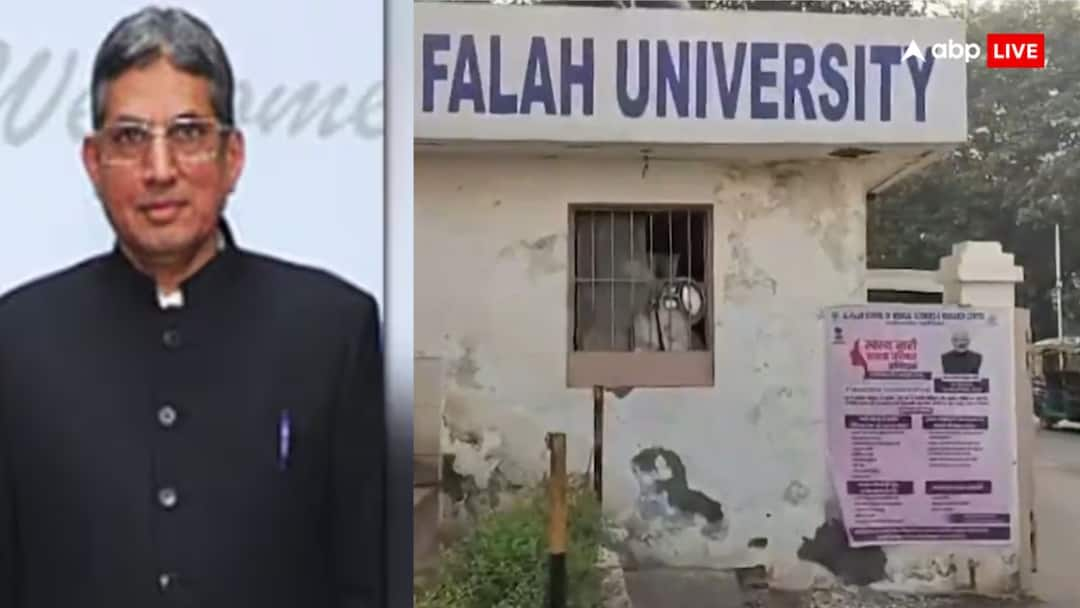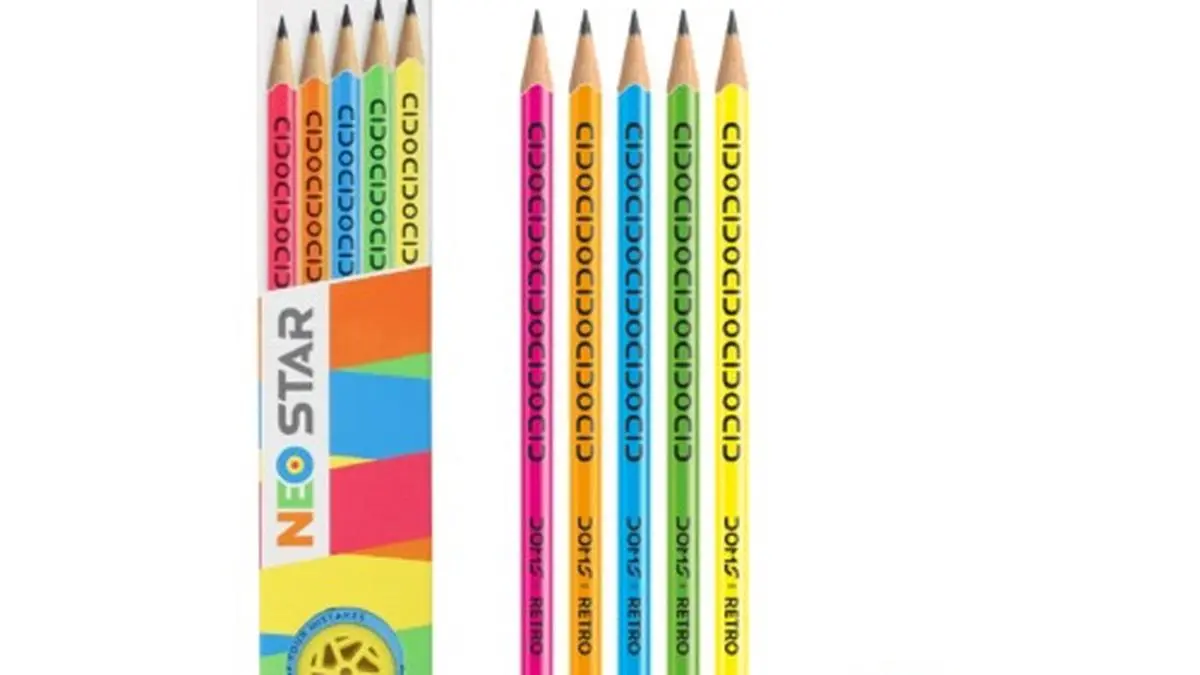The domestic market witnessed a roller-coaster session before closing flat on Thursday, influenced by FII outflows, profit-booking at higher levels, a weakening rupee, and investor caution ahead of the Bihar election results scheduled for Friday.
“With the outcome of the Bihar polls largely discounted by the market, there are no political triggers that can push the market significantly higher. The reverse might happen if the actual poll results turn out to be different from the exit polls,” VK Vijayakumar, Chief Investment Strategist at Geojit Investments, said.
Commenting on the benchmark indices closing flat after positive session, Vinod Nair, Head of Research, Geojit Investments, said, “Sentiment was buoyed by Trump signing a short-term funding bill to end the US government shutdown and hopes of tariff relief for India. The record-low October inflation prints reinforced expectations of an RBI rate cut, making rate-sensitive sectors like metals and realty attractive to investors.”
Equity benchmarks closed in green for the fourth consecutive session. Sensex settled at 84,478.67 (up 12.16 points or 0.01 per cent) after opening at 84,525.89 against the previous close of 84,466.51. It climbed nearly 666 points during the session.
Nifty showed sharp two-sided moves. After testing the 26,010 mark, Nifty 50 settled at 25,879.15 (up 3.35 points or 0.01 per cent) against the day’s open at 25,906.10 and the previous close of 25,875.80.
Both midcap and the smallcap indices slipped 0.4 per cent each. The broader market painted a contrasting picture as Nifty midcap 100 and Nifty smallcap 100 underperformed the frontline indices, ending the day in negative territory, Sudeep Shah, Head – Technical Research and Derivatives at SBI Securities, said.
Sectoral performance was mixed. Nifty metal and realty indices outperformed. Conversely, Nifty PSU Bank and media witnessed significant selling pressure.
Top gainers and losers today
Among the Nifty 50 constituents, Asian Paints, Hindalco, InterGlobe Aviation, ICICI Bank and Larsen & Toubro emerged the top gainers, while Eternal, Tata Motors Commercial Vehicles, Mahindra & Mahindra, Eicher Motors and Tata Steel were the major laggards.
Asian Paints and Ashok Leyland shares scaled to a 52-week high during the session on strong Q2 results. Tata Steel shares gave up early gains.
Market breadth remained weak. A total of 4,367 stocks were traded in the BSE, out of which 1,846 advanced, 2,380 declined, and 141 remained unchanged. About 131 stocks touched their 52-week highs, while 128 stocks hit their 52-week lows. Additionally, 6 stocks hit the upper circuit, whereas 10 stocks hit the lower circuit.
Midcap and smallcap movers
Under the midcap segment, Ashok Leyland, Prestige, Tata Communications, Biocon and Muthoot Finance soared 2-6 per cent, while Cochin Shipyard, Page Industries, Swiggy, Union Bank of India and Policy Bazaar depreciated 3-5 per cent.
Data Patterns, PGEL, Five Star, Signature Global soared 3-8 per cent, leading the smallcap index, while BLS International, Tejas Networks, Radico, Ircon International and NBCC (India) fell 3-5 per cent.
“With retail inflation easing, the approved exporters’ policy support package, and the corporate earnings season concluding on a positive note, the backdrop for equities remains supportive. Tomorrow’s session may see heightened volatility due to the Bihar election outcome, Siddhartha Khemka – Head of Research, Wealth Management, Motilal Oswal Financial Services Ltd, said.
In the currency market, rupee extended its decline for a second straight session, to settle at 88.67 against the US dollar. “However, it recovered part of its losses in late trade, likely supported by RBI’s intervention through dollar sales in the onshore market,” Nandish Shah – Deputy Vice President, HDFC Securities, said.
Global markets
Shanghai’s SSE Composite Index, Hong Kong’s Hang Seng, Japan’s Nikkei 225 benchmark and South Korea’s Kospi have settled higher on Thursday.
The US market closed in the positive territory on Wednesday.
FIIs offloaded equities worth ₹1,750.03 crore on Wednesday
Investors are closely watching key US macroeconomic data — Core CPI and initial jobless claims — set to be released later today. Market sentiment tomorrow will also be influenced by the reactions to Q2 results from companies such as Granules, Eicher Motors, Voltas, NBCC (India), Vishal Mega Mart and Bharat Dynamics.
Published on November 13, 2025





